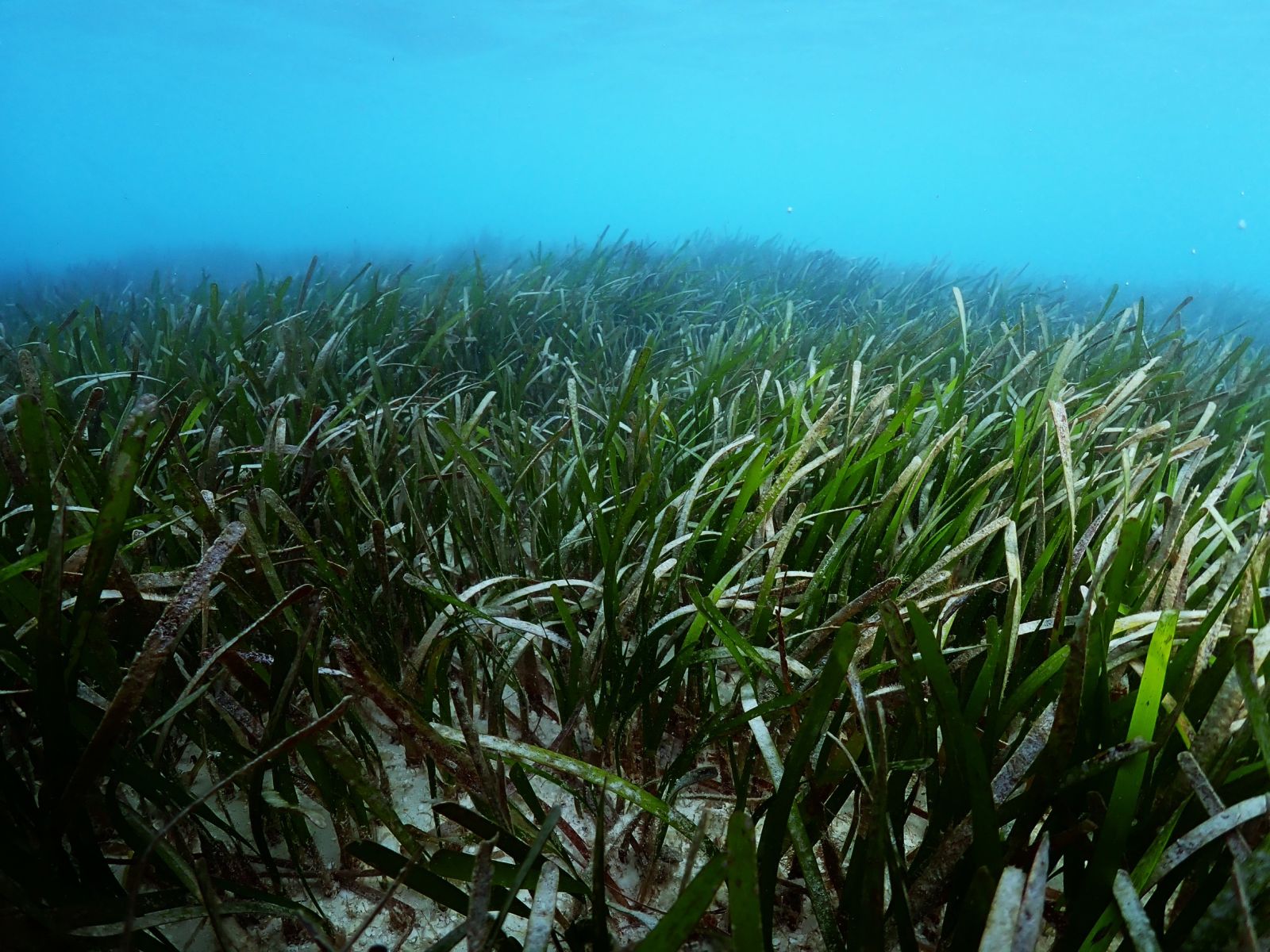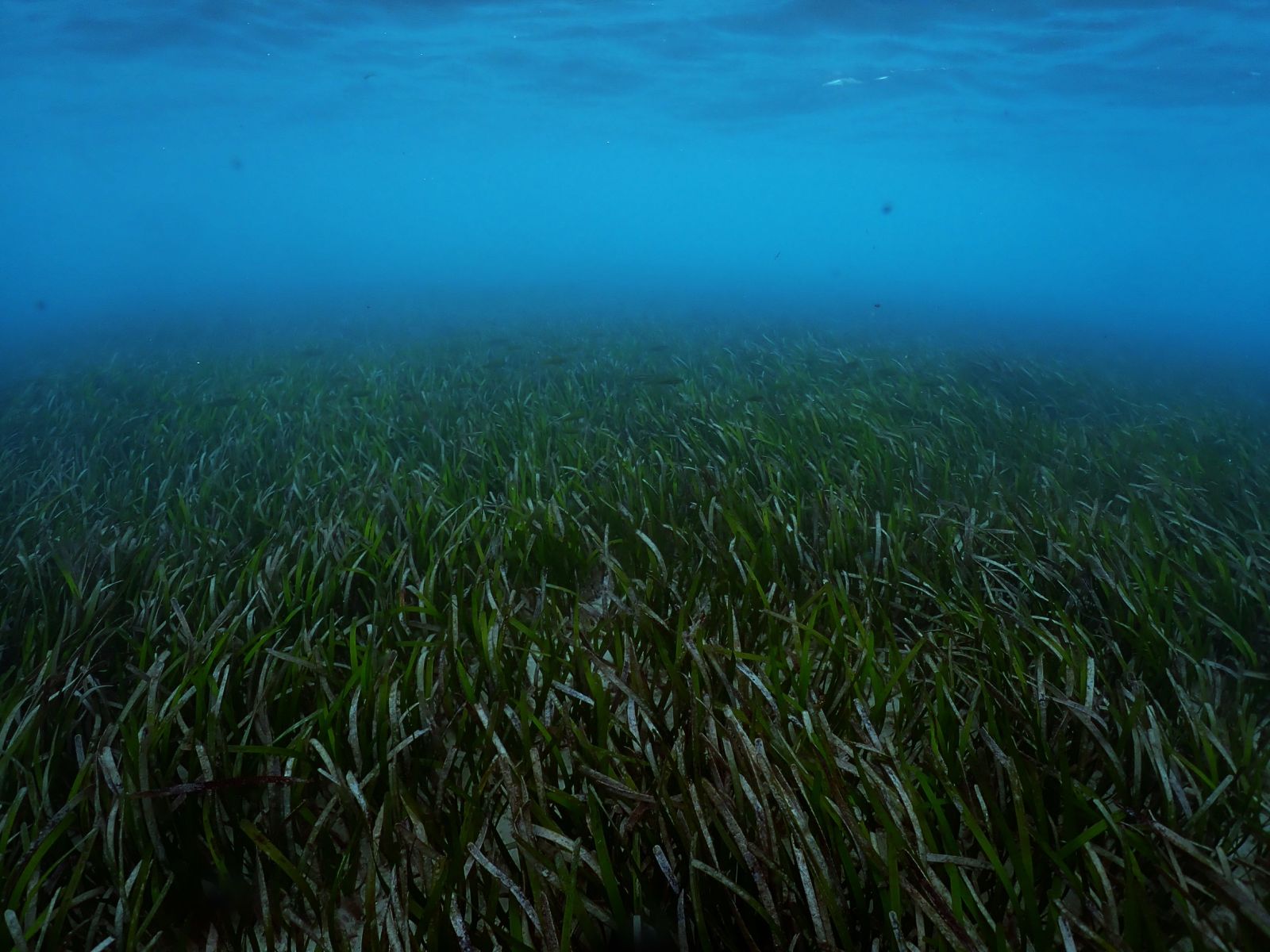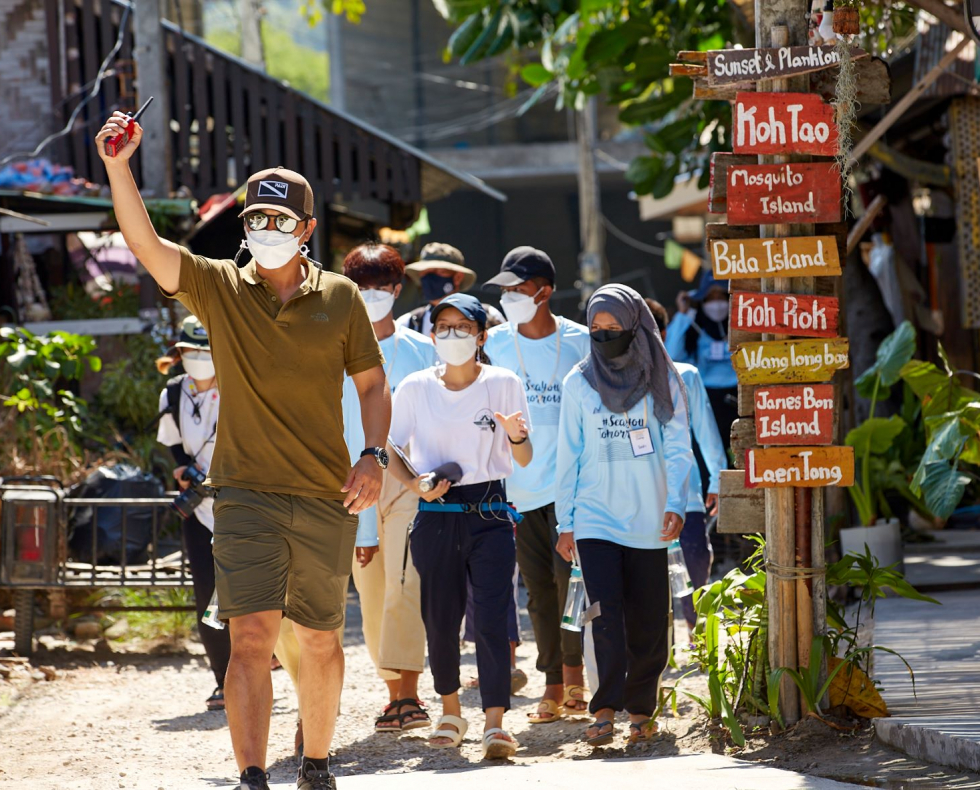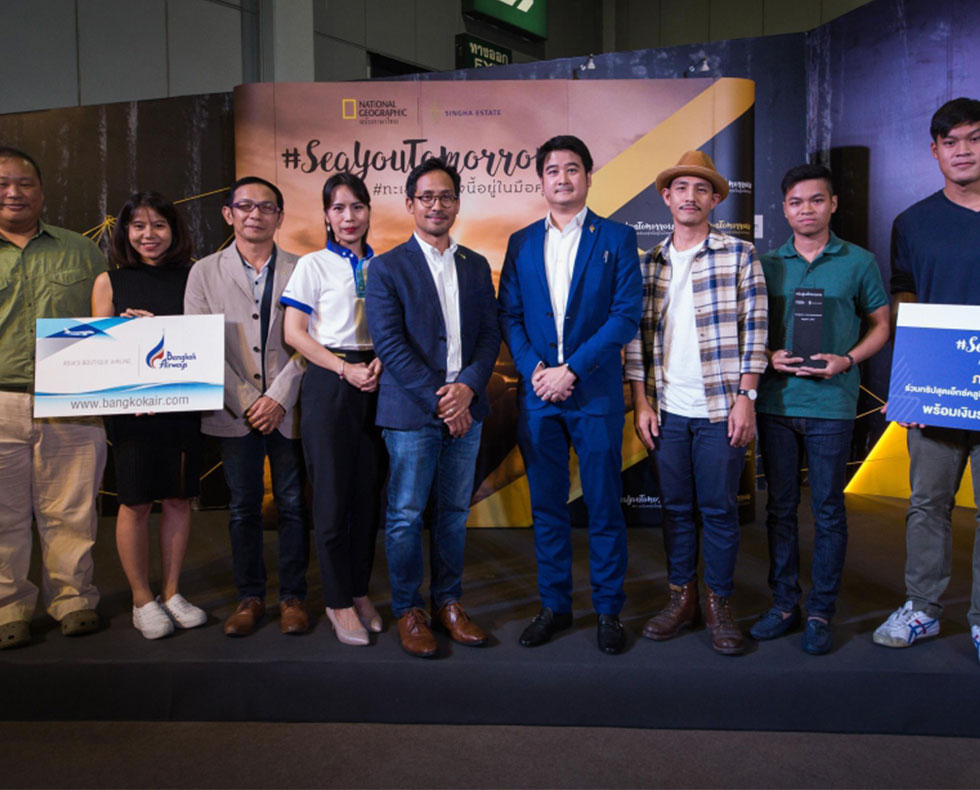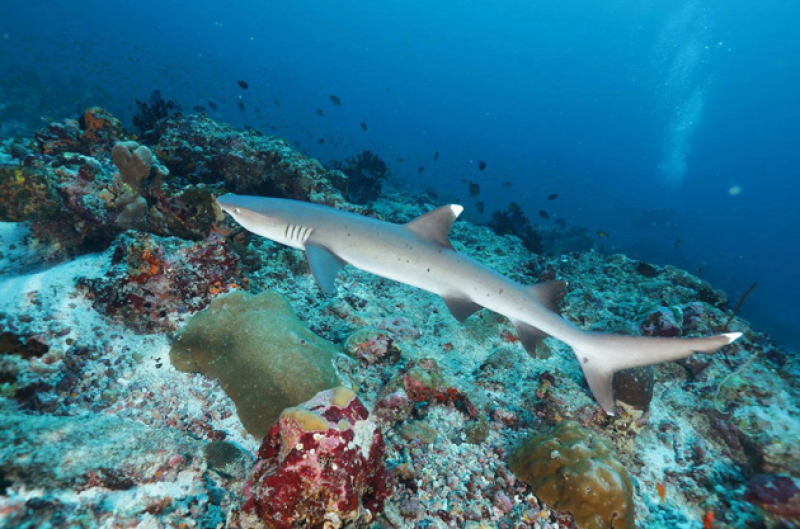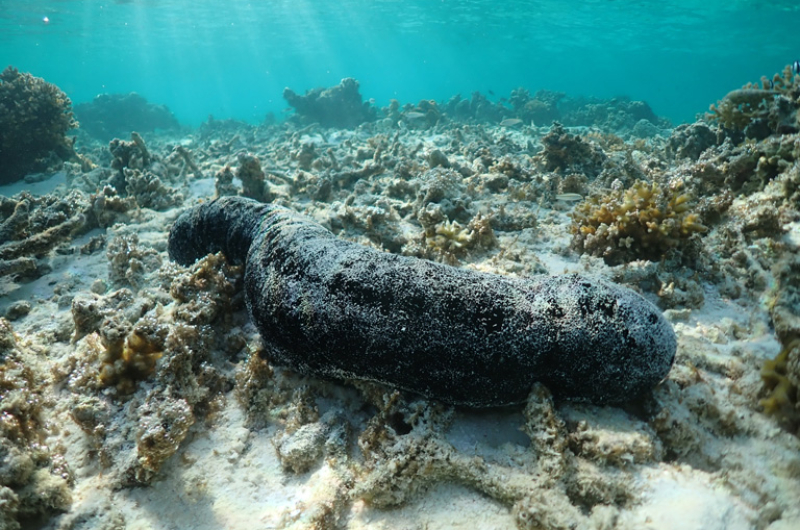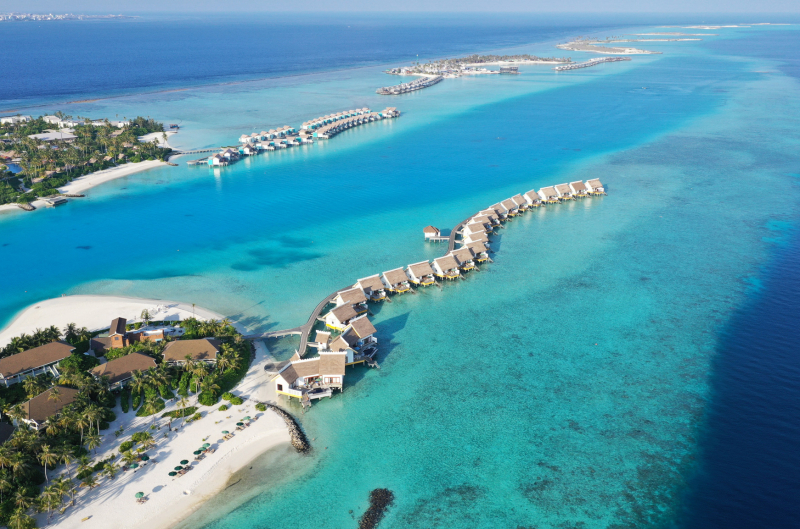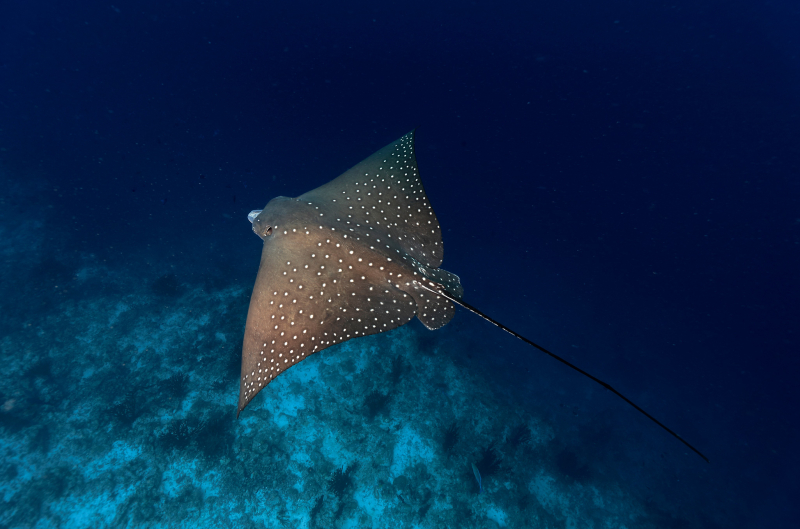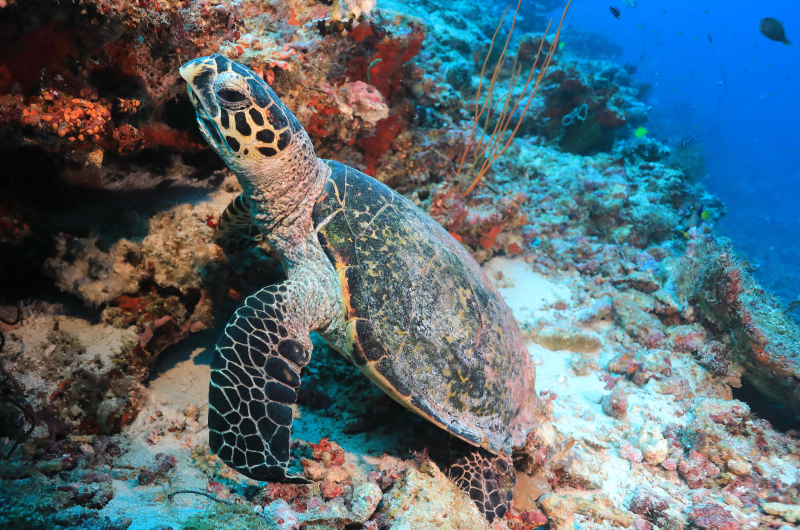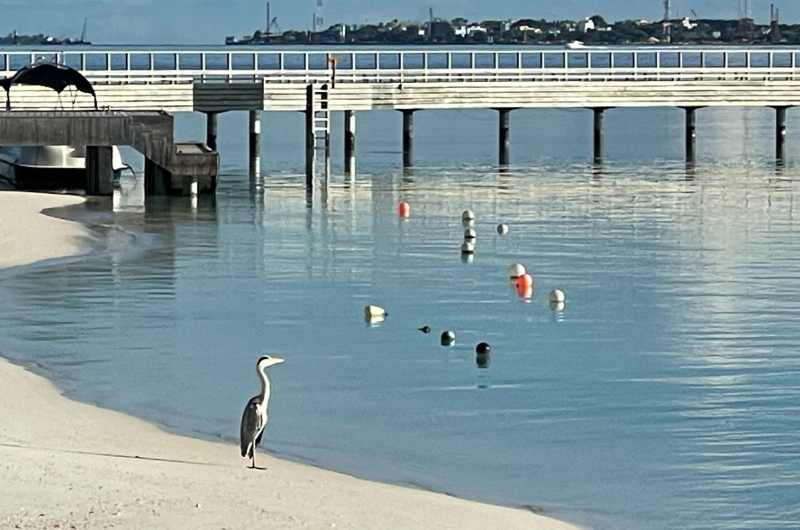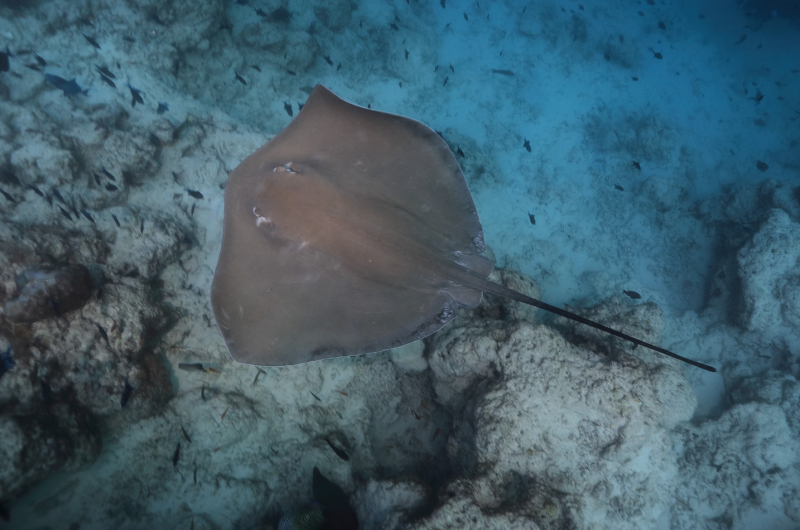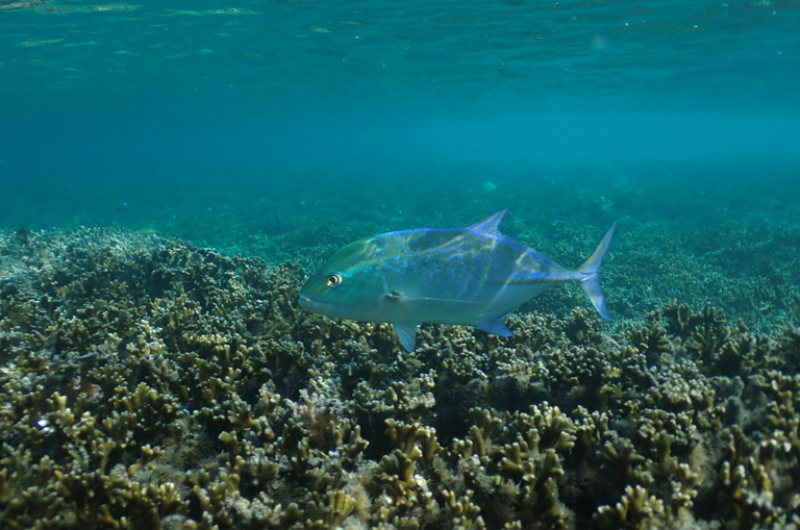Seagrasses are vital marine plants that play a crucial role in coastal ecosystems. Often called the “forests of the sea,” they provide food, shelter, and nursery grounds for a wide variety of marine species. Their dense leaves and roots create safe habitats for sea turtles, dugongs, fish, crabs, and many smaller organisms, helping to maintain high biodiversity in coastal waters.
Beyond serving as essential habitats, seagrasses are powerful natural climate solutions. They absorb and store large amounts of carbon dioxide time compare with land forest(7-10 time), making them one of the most effective “blue carbon” ecosystems in the fight against climate change. Their roots help stabilize the seabed, prevent coastal erosion, and improve water clarity by trapping sediments and filtering excess nutrients.
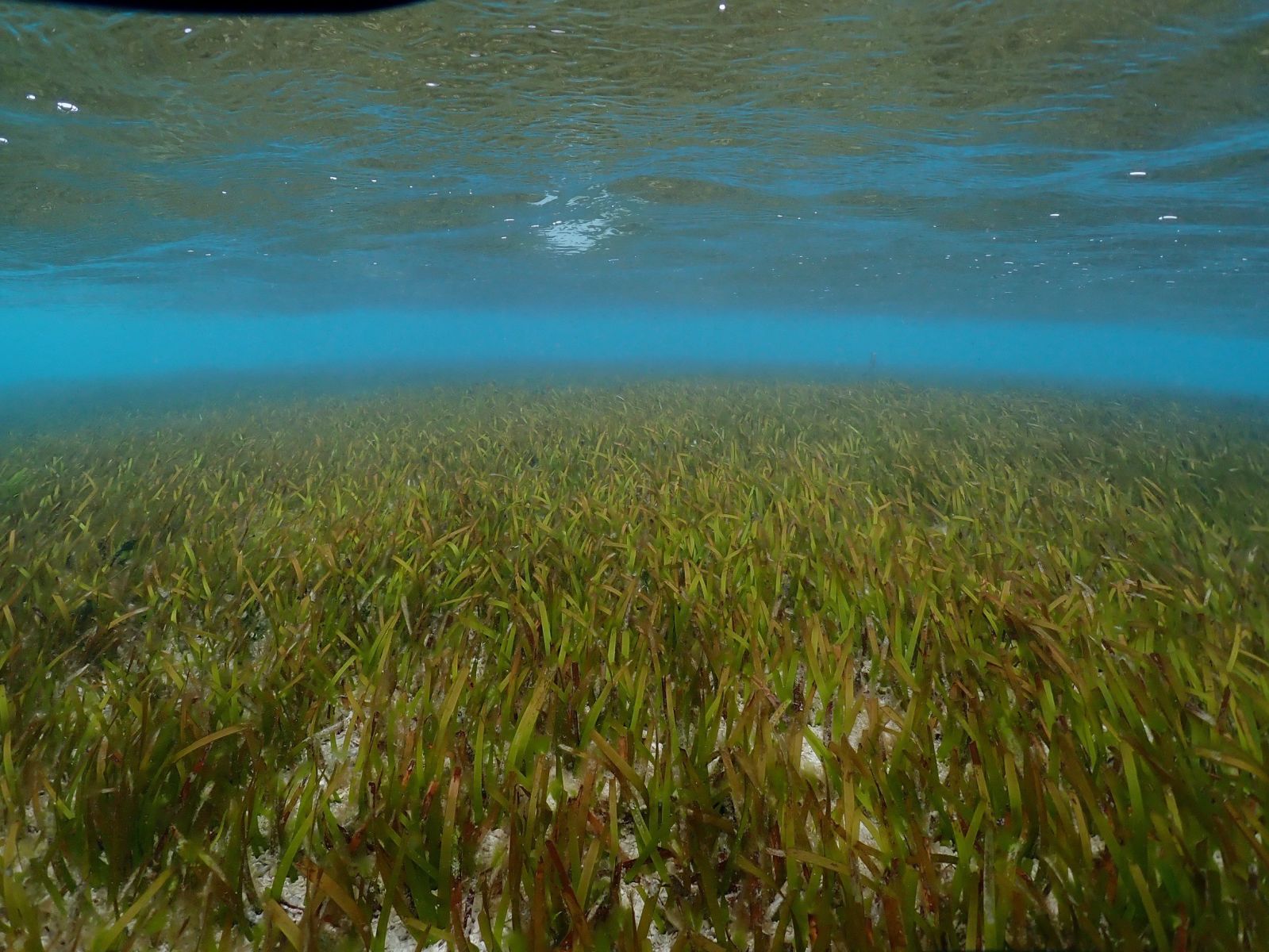
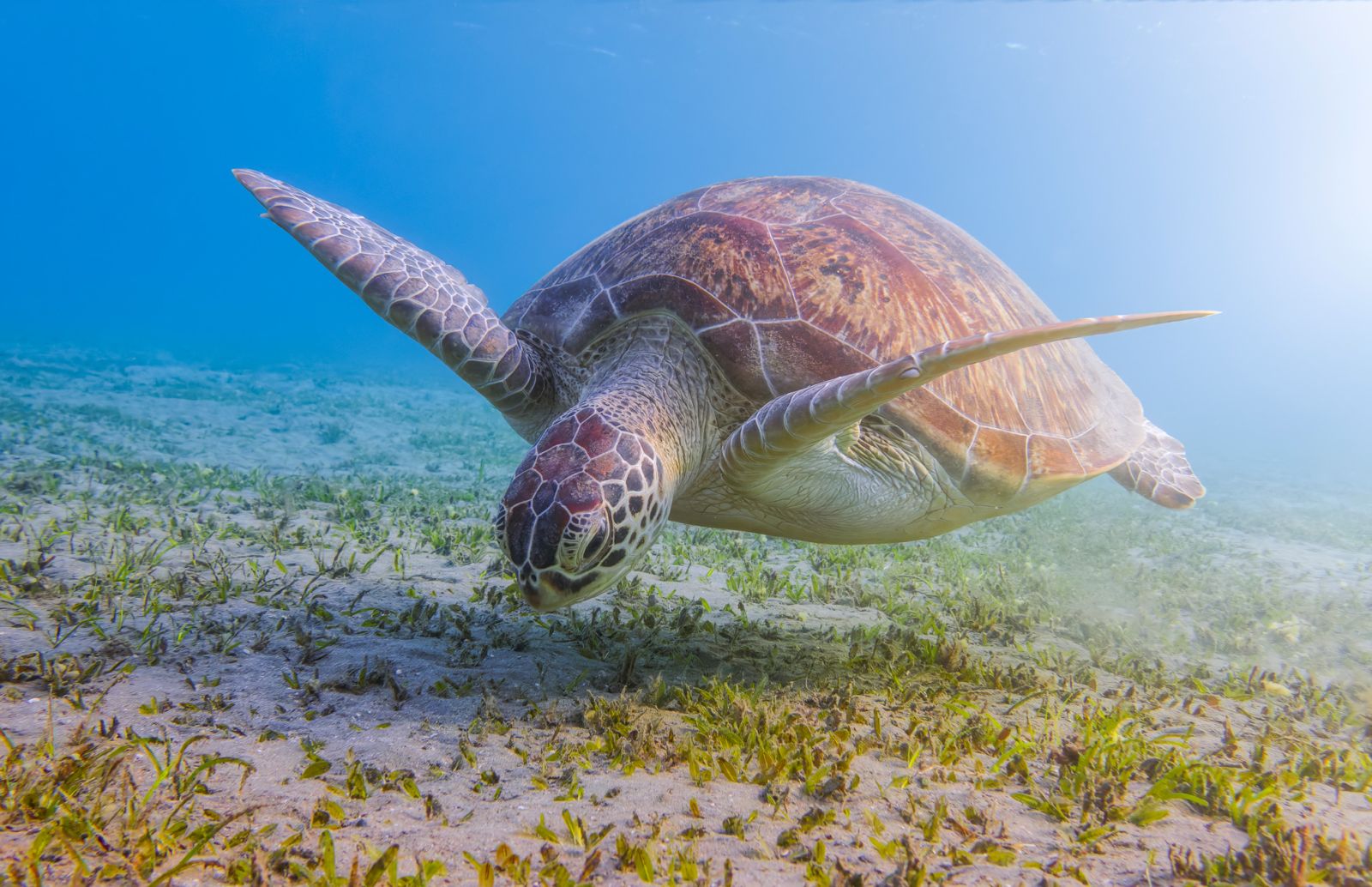
For coastal communities, seagrass meadows support livelihoods through small-scale fisheries and can contribute to eco-tourism, especially in areas where endangered species like dugongs thrive. By protecting seagrass habitats, we not only sustain biodiversity but also help secure local economies and cultural connections to the sea.
In essence, seagrasses are far more than plants beneath the waves. They are essential to environmental health, coastal resilience, and human well-being. Preserving and restoring seagrass ecosystems is a critical step toward ensuring a sustainable and thriving ocean for future generations.
.jpg)
.jpg)
SEAGRASS IN OUR AREA
We have discovered a ribbon seagrass(cymodocea rotundata) along the beachfront of the SO/ Maldives hotel, reflecting the richness and ecological suitability of the area. Recognizing the importance and benefits of seagrass as mentioned above, we have taken a conservation zone where boats are not allowed to anchor. In addition, educational signage has been installed to inform visitors about the significance of seagrass ecosystems and to promote responsible visitation practices, ensuring minimal impact on the natural resources in the area.

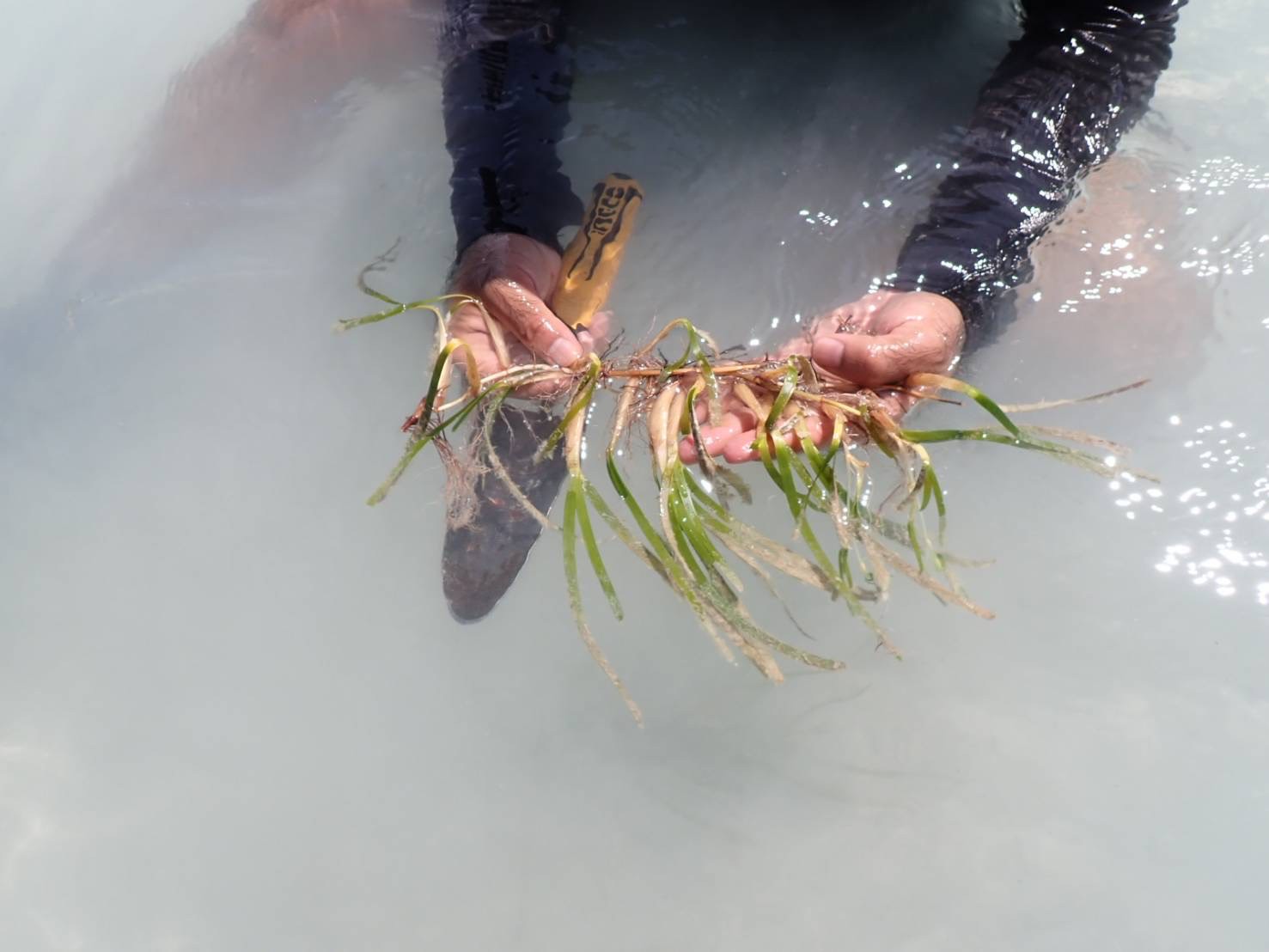
CONSERVATION ZONE
We have relocated seagrass from areas at risk of tourism activities or human disturbance to a designated conservation area, allowing the seagrass to recover and regenerate safely. This initiative has been carried out under the guidance and supervision of experts from Kasetsart University to ensure that the process follows scientific principles and promotes the long-term sustainability of the coastal ecosystem.
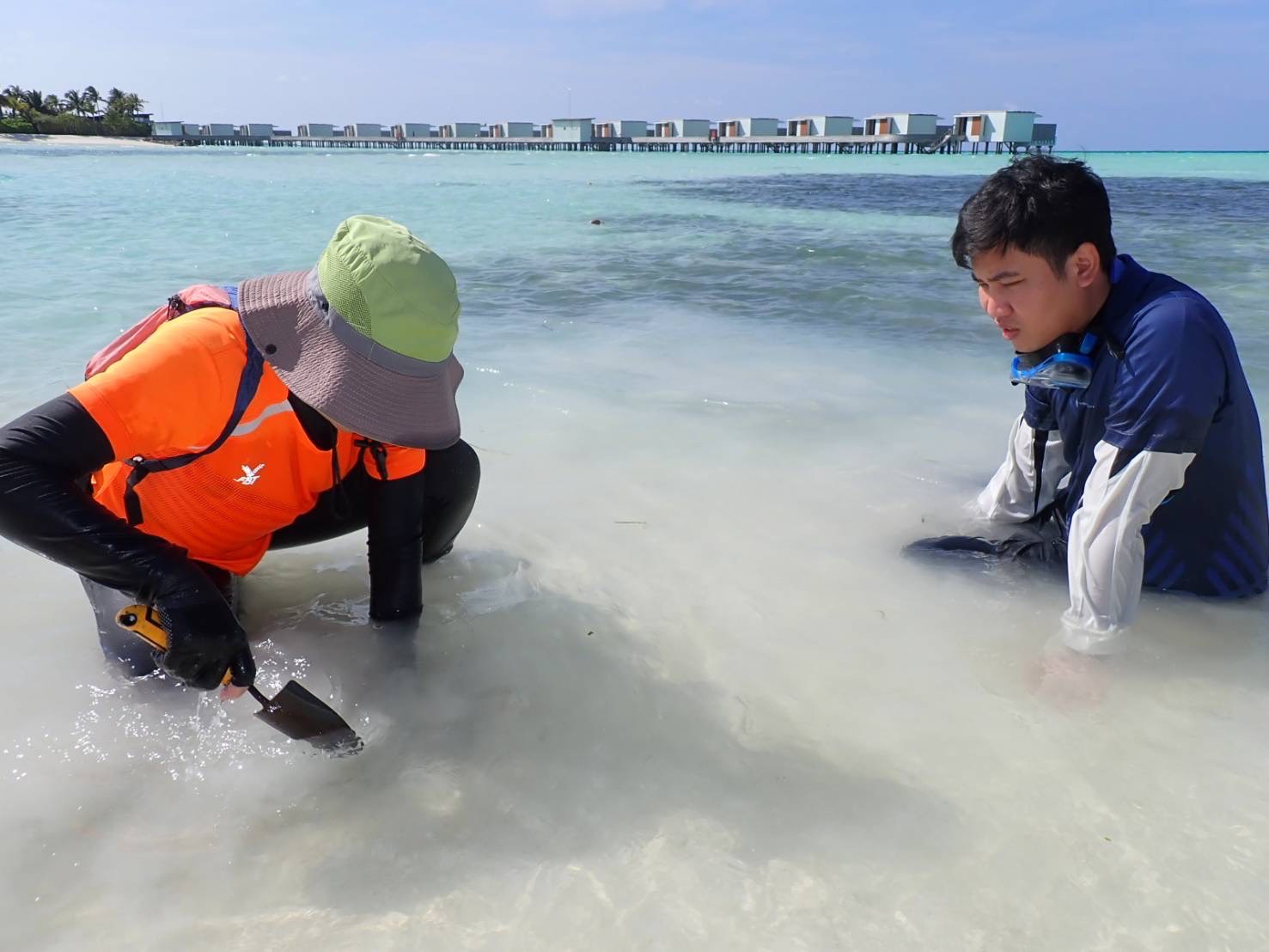
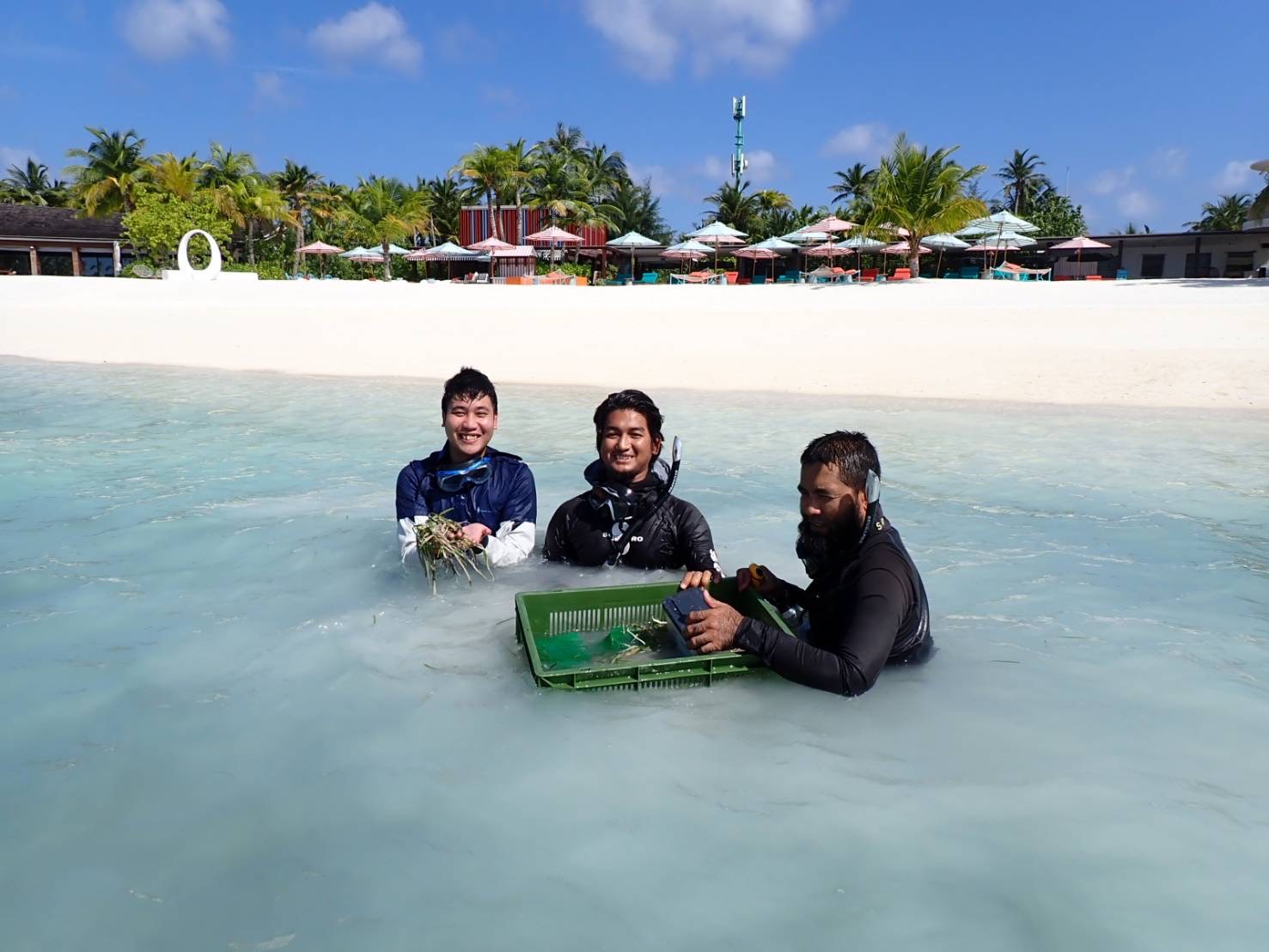
TIPS : HOW YOU CAN HELP
- Avoid stepping on seagrass when snorkeling
- Choose eco-friendly sunscreen
- Never litter — keep the sea clean
- Follow guides and marine safety rules


